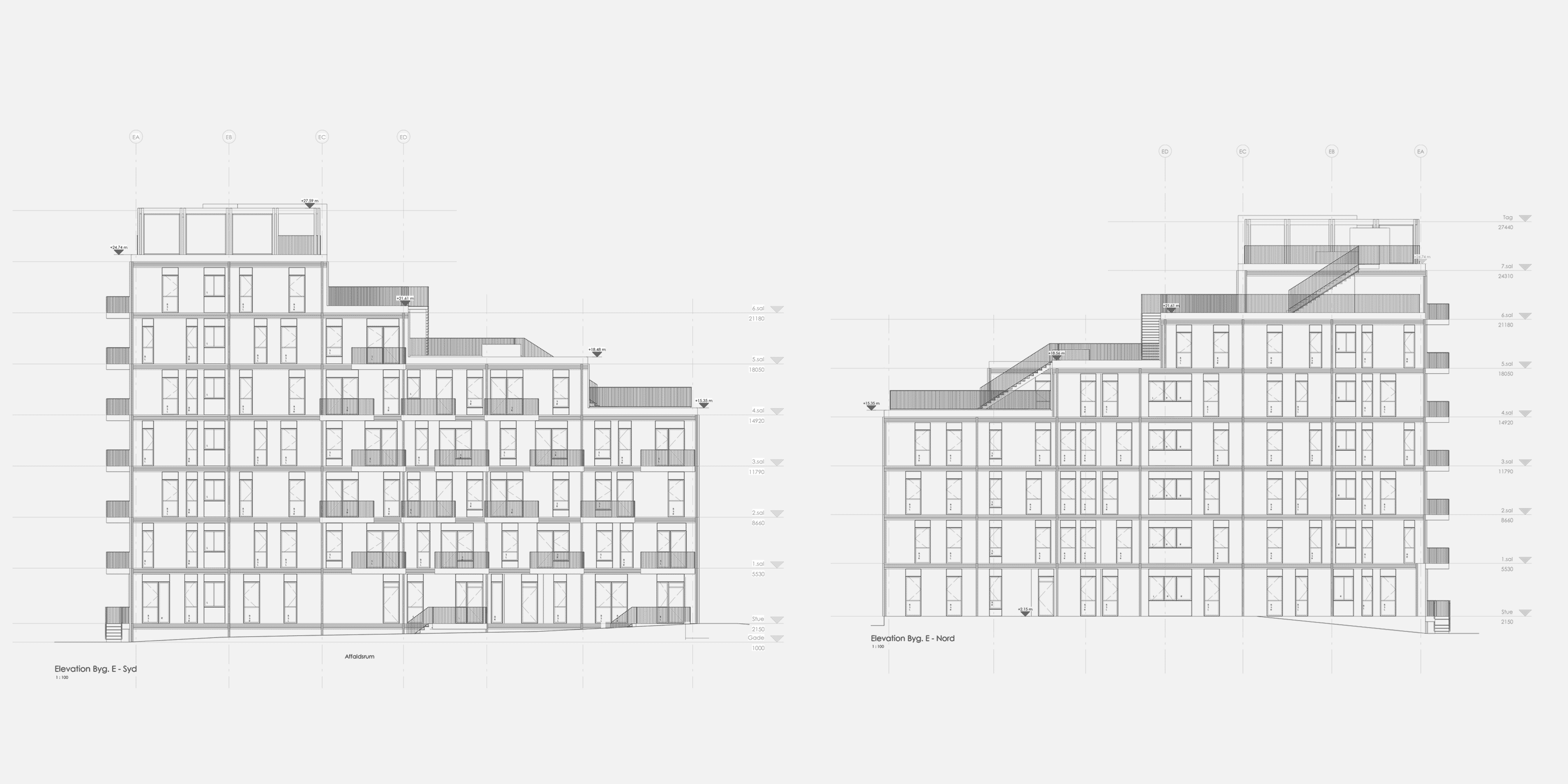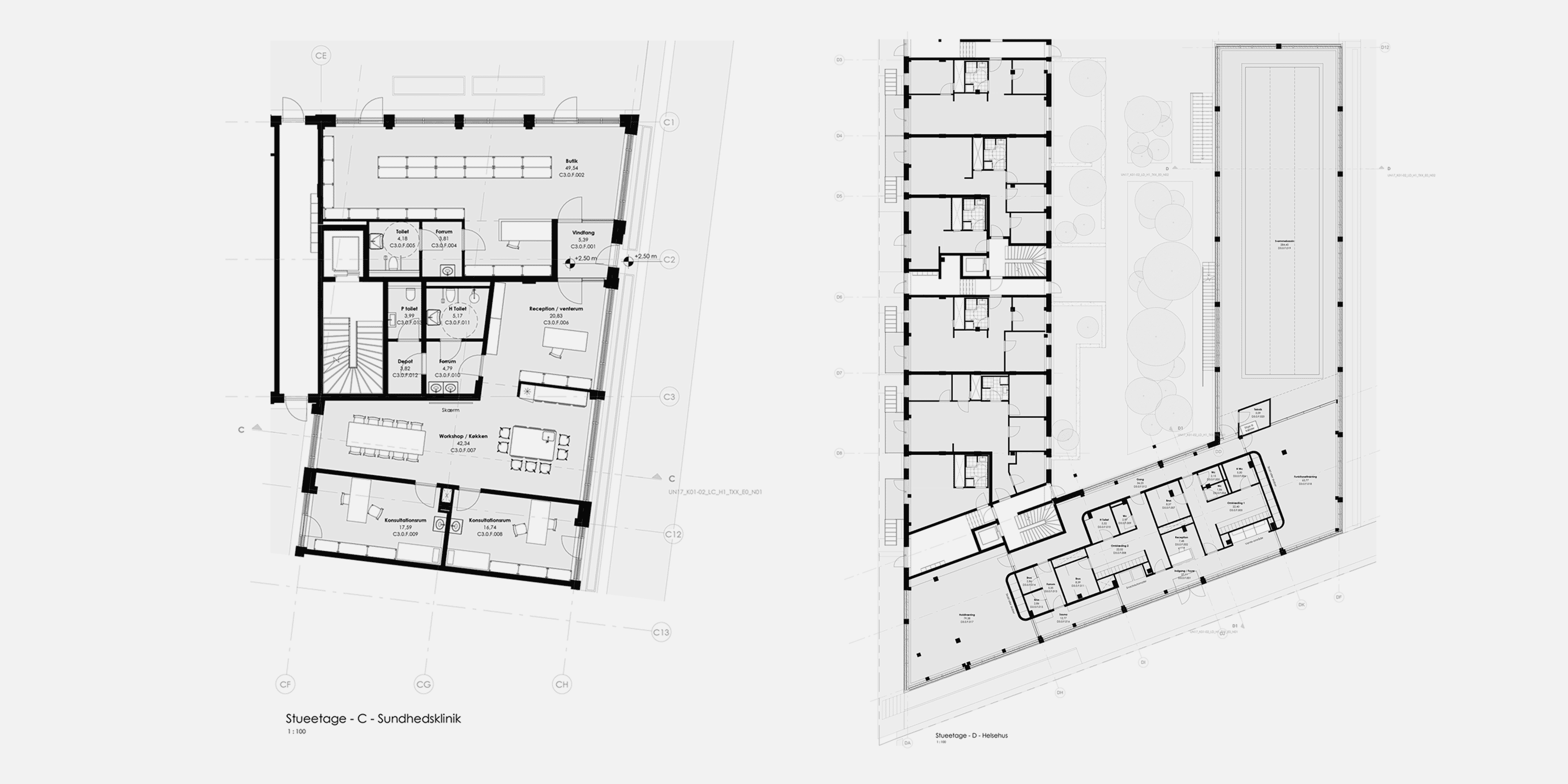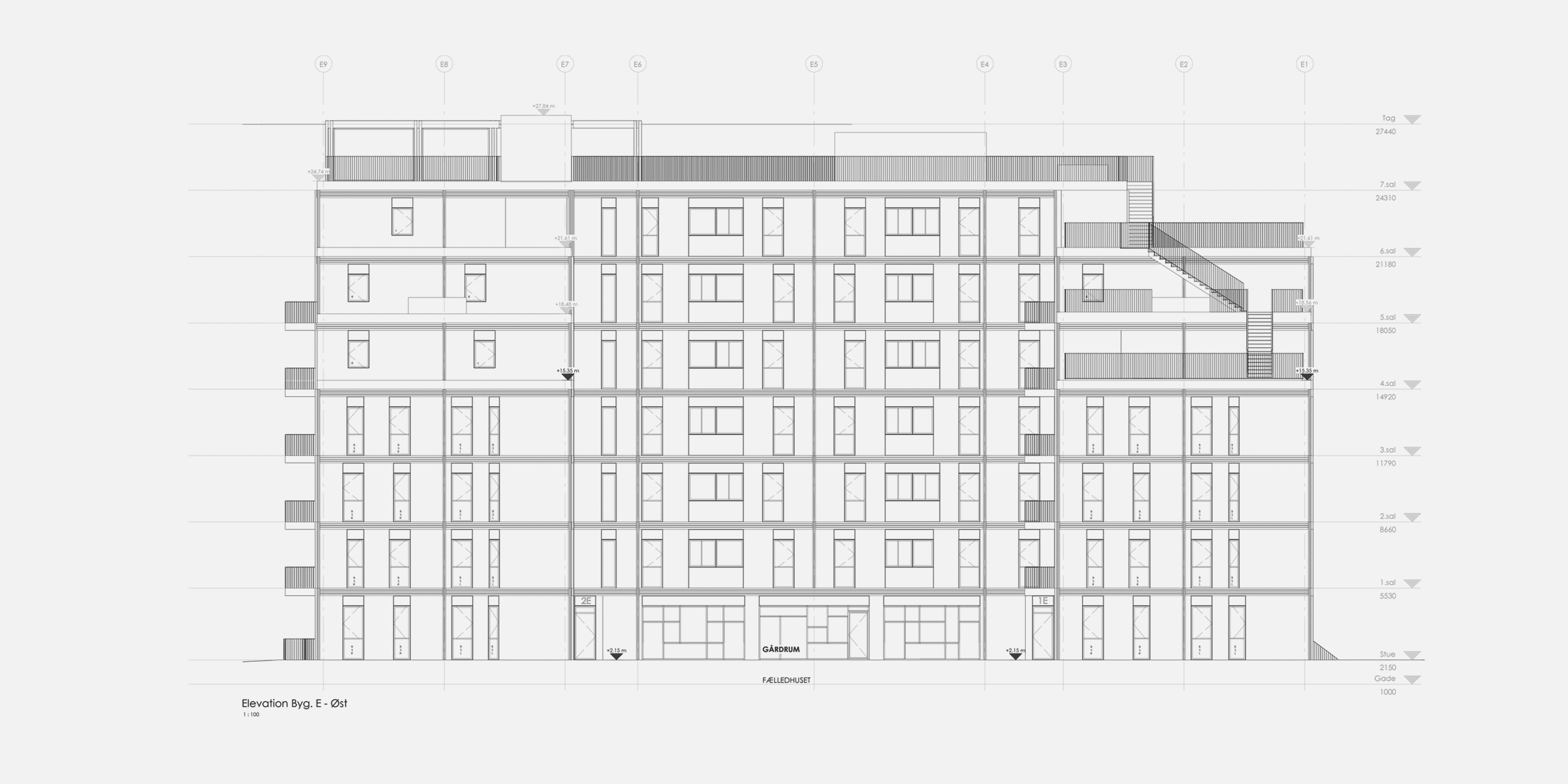UN17 Village
Addressing all 17 UN SDGs in one project
Why don’t we use UN’s Sustainable Development Goals (SDGs) as design tools? Why don’t we design buildings to make it easier to implement a sustainable lifestyle? Why don’t we design to reduce inequality, by creating a diverse, healthy and strong neighbourhoods, where people can live regardless of family structure and age?

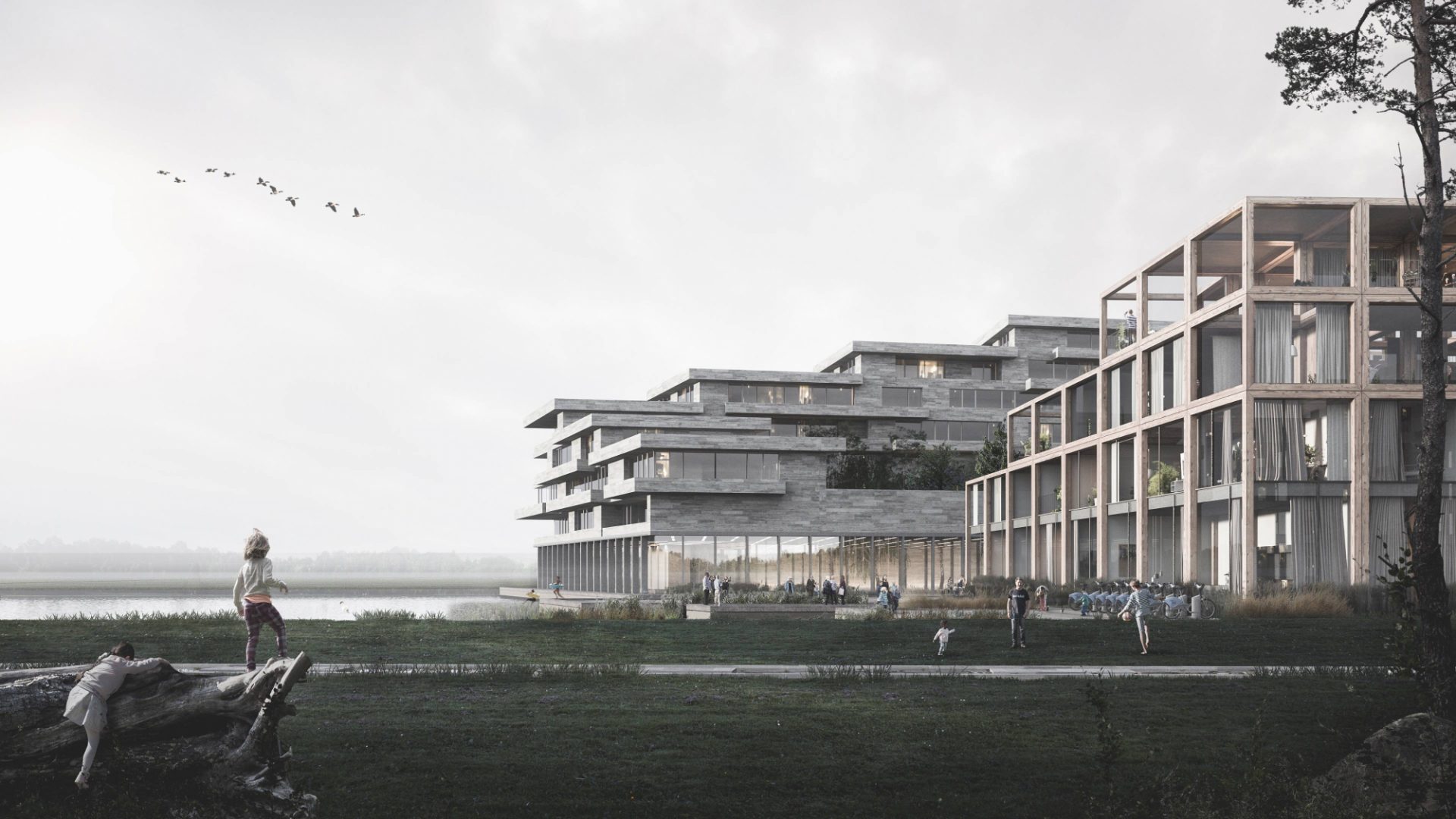

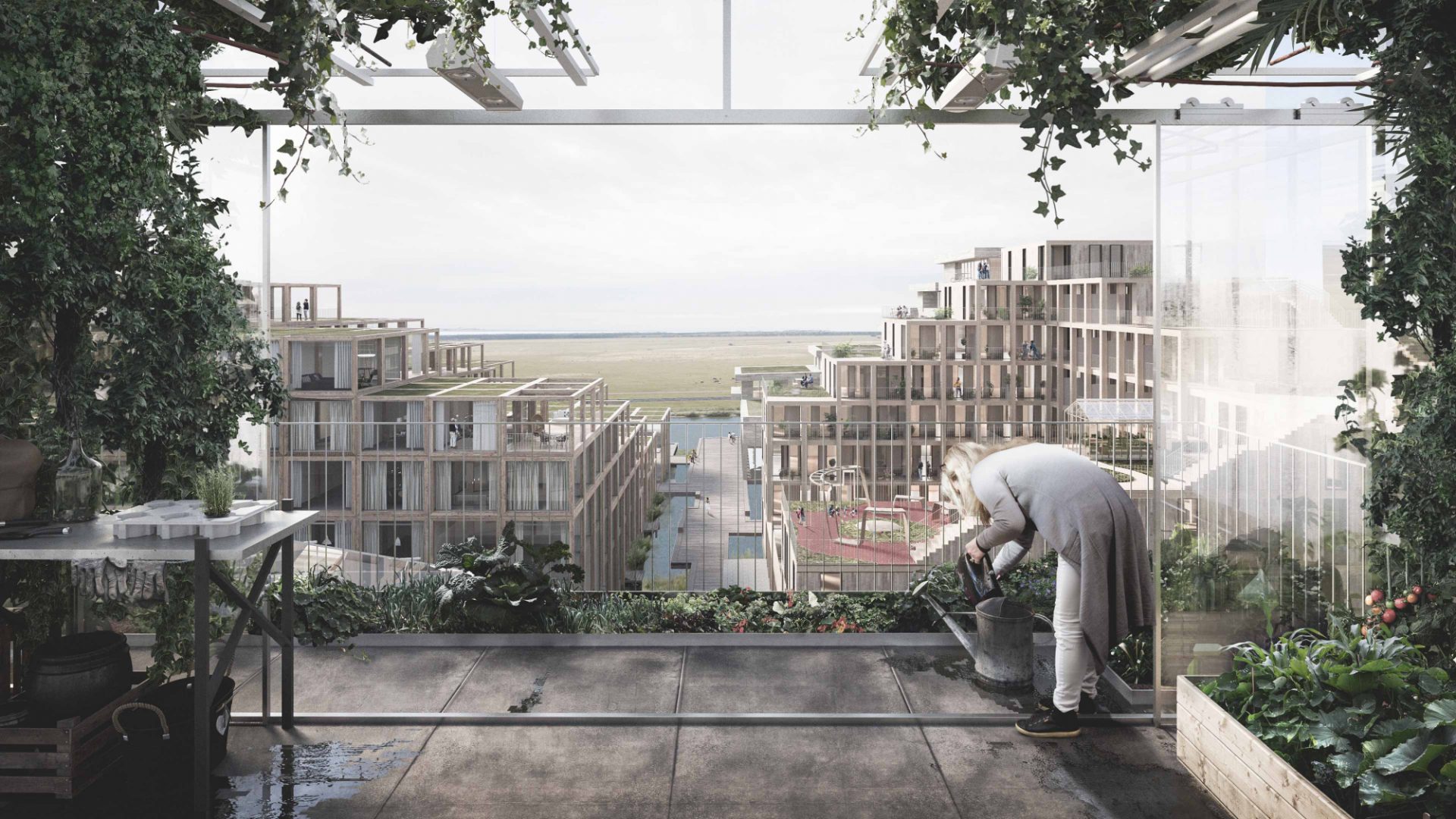
’37 different housing typologies with a mix of family apartments, co-living spaces and senior accommodation. Housing up to 830 people and creating 100 unskilled jobs for marginalised workers.’
Sustainable Impact
Social
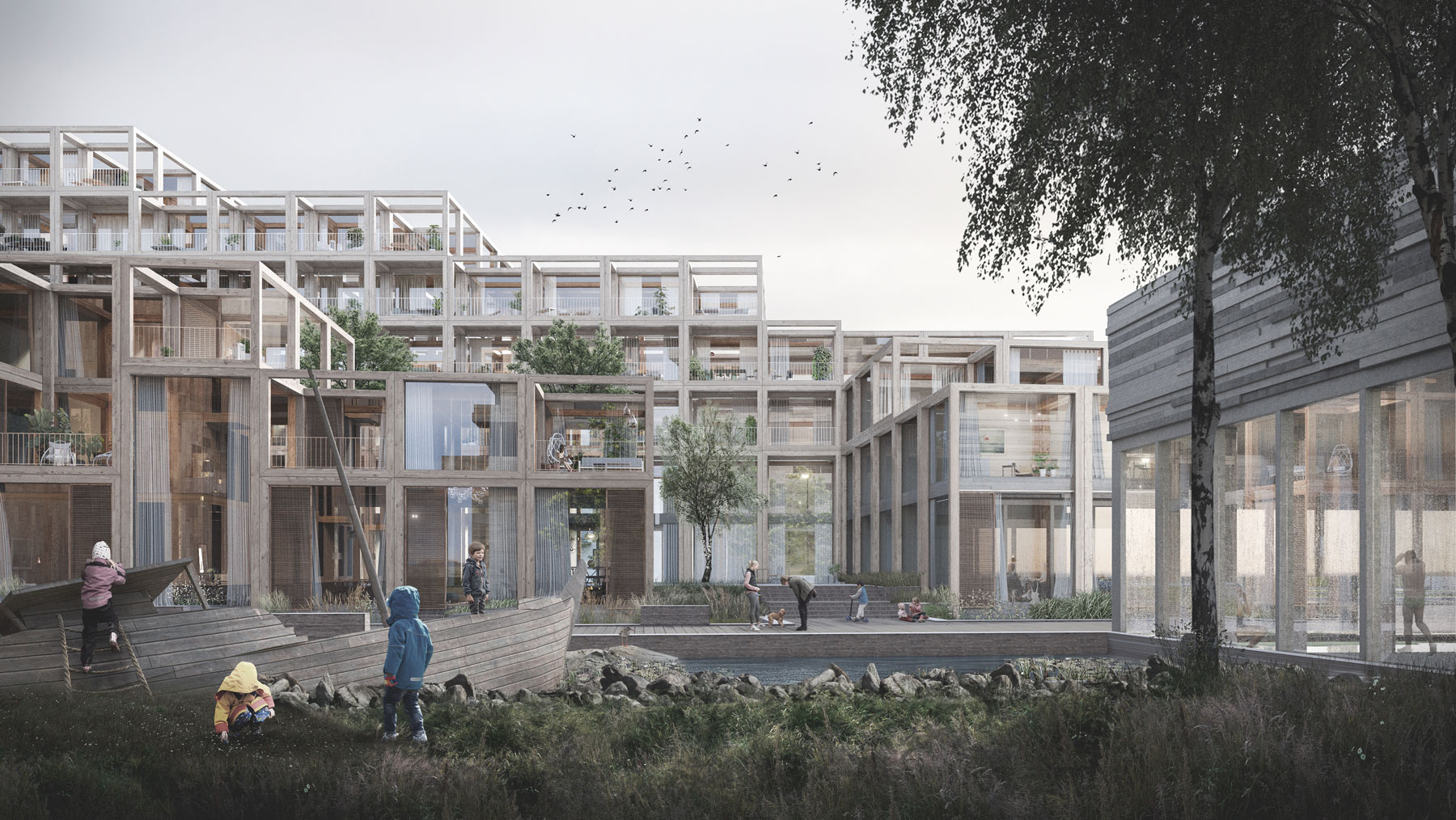




‘1.5 million litres of rainwater recycled, 15 tonnes of locally produced vegetables, and 30,000 locally produced ecological meals annually.’
Sustainable Impact
Resource
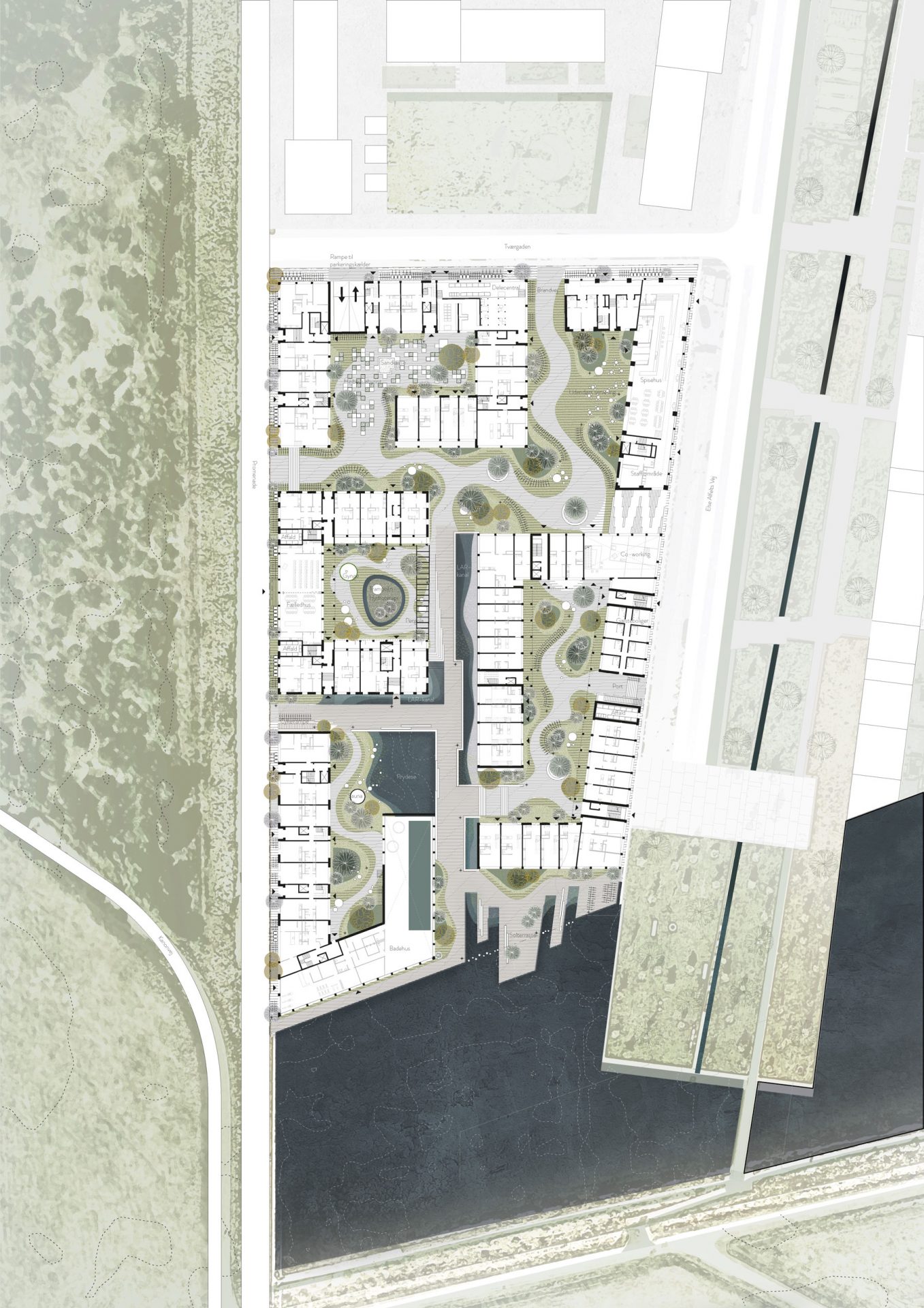
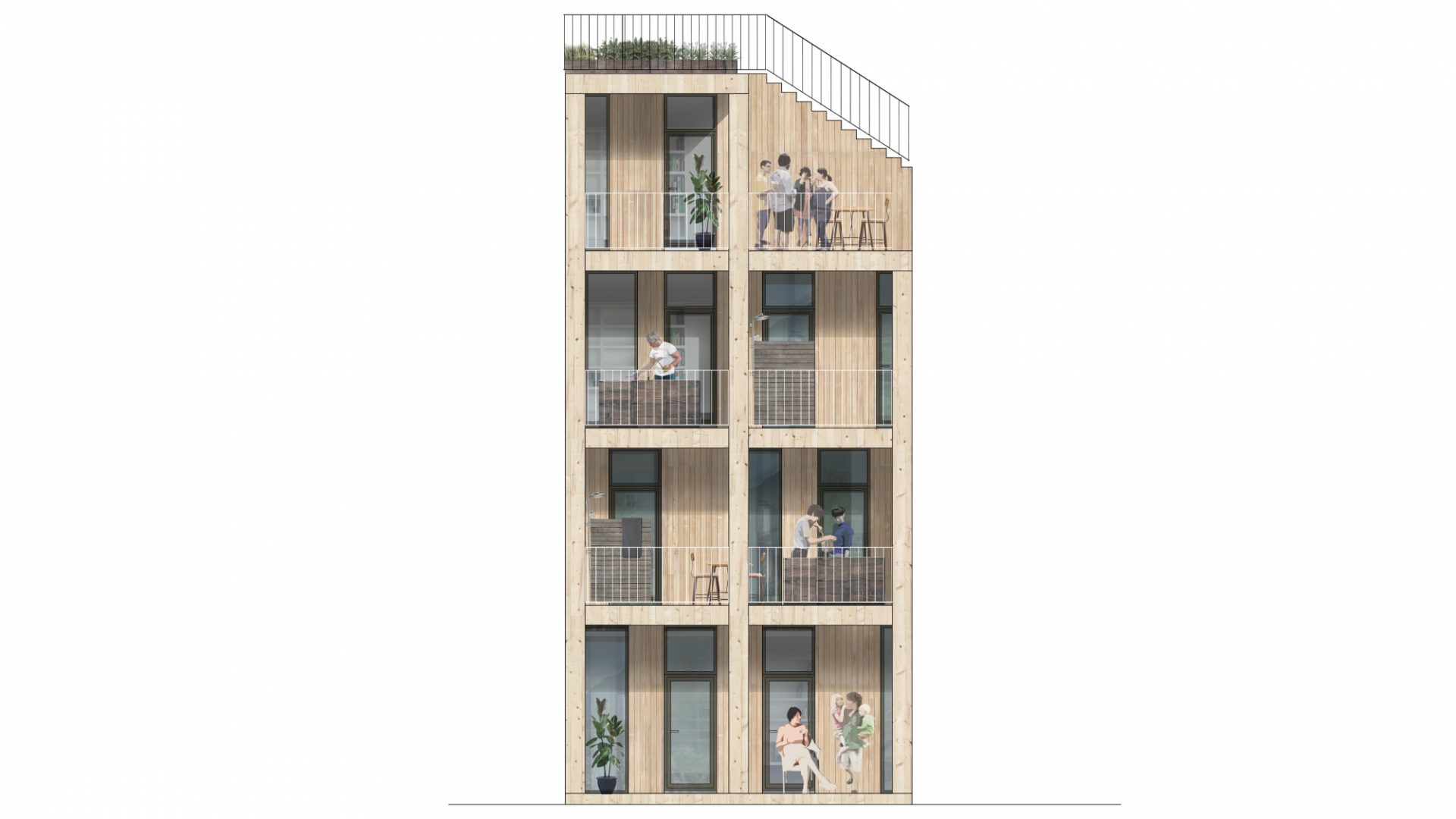
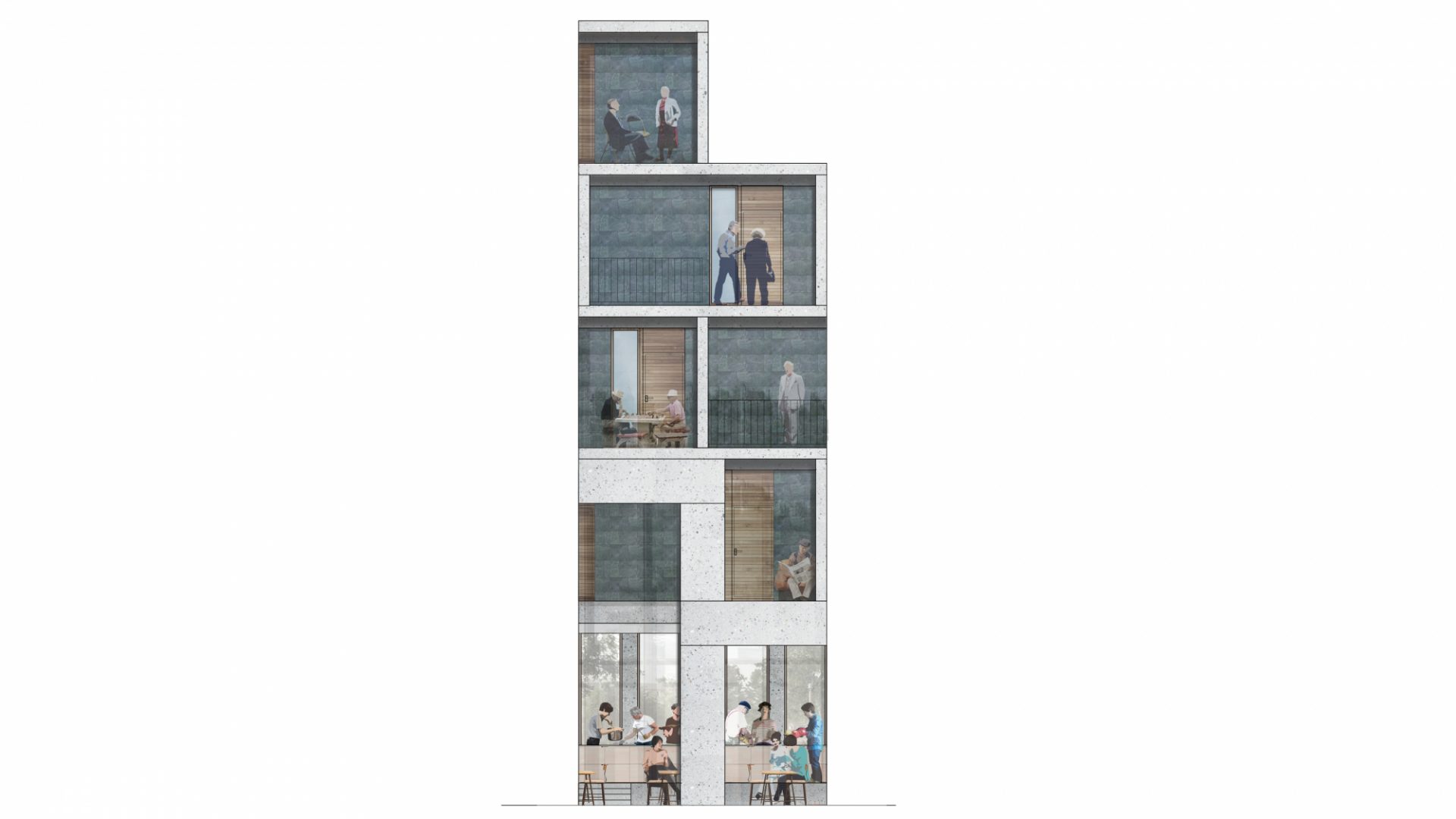
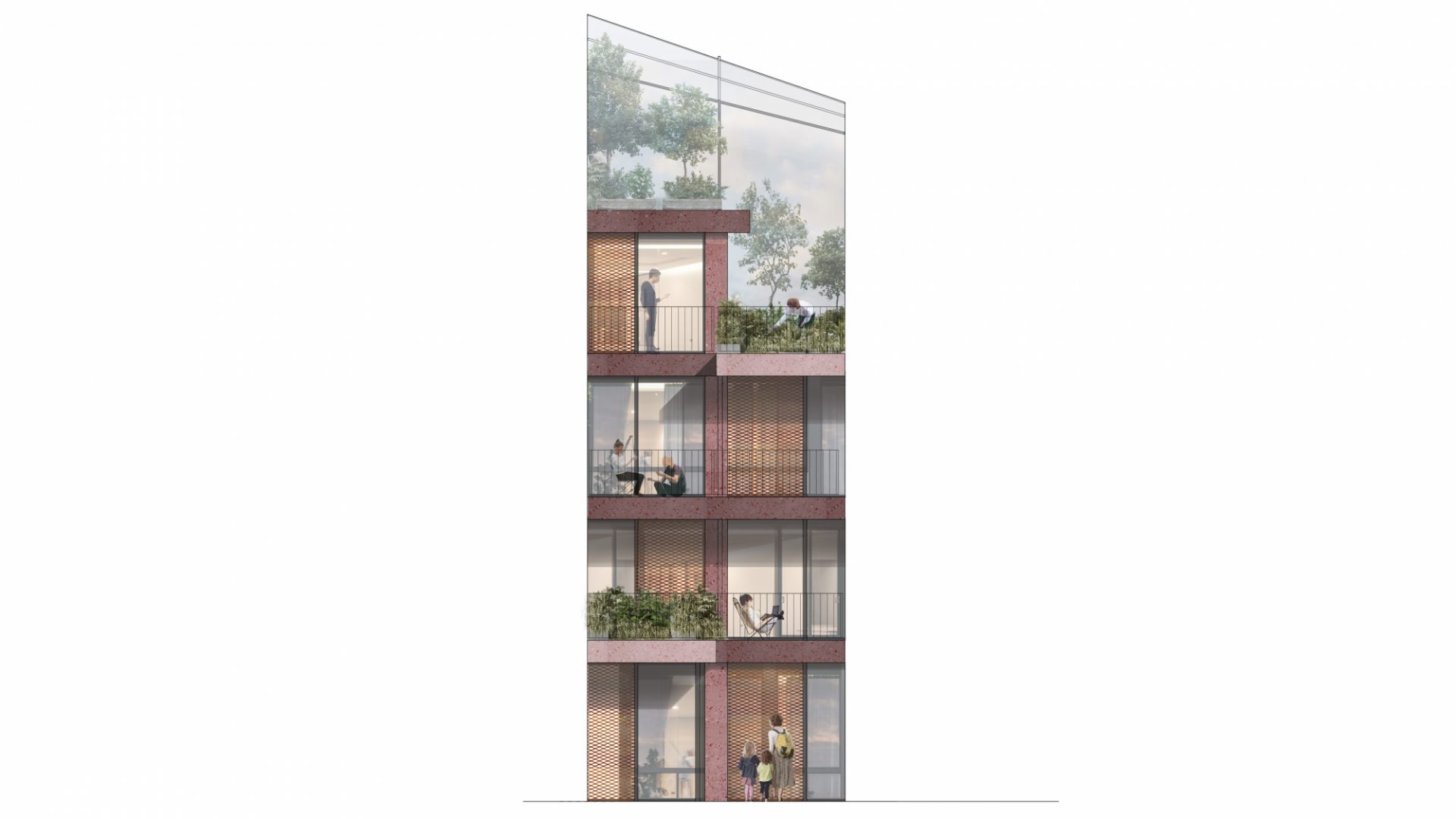
‘One cluster of buildings is designed to produce more energy than it needs and will distribute power and heating to the other buildings.’
Sustainable Impact
Energy

